5 Brandy Alternatives That Work in Sangria
Brandy adds warmth, depth, and aromatic complexity to sangria, elevating this fruity, festive drink to something truly special.
When brandy is unavailable or you prefer a lighter option, several alternatives can fill the gap without compromising sangria’s signature character.
Fruit-based liqueurs, fortified wines, or even non-alcoholic substitutes can replicate the sweetness and warmth brandy provides.
Each alternative brings its own nuances, sometimes adding unexpected but delightful twists to the classic recipe.
Choosing the right substitute depends on your taste preferences and the occasion.
With a bit of creativity, you can craft sangria variations that remain balanced, flavorful, and crowd-pleasing.
Whether for casual gatherings or celebrations, these options help keep your sangria spirited and enjoyable.
Brandy’s Role in Classic Sangria
Brandy is often used in classic sangria because it adds warmth and a little extra kick, making the drink taste more complex and balanced:
Why You Need Substitutes for Brandy?
There are many reasons why you might want or need to swap out brandy in a recipe, whether you’re making drinks or desserts:
Flavorful Alternatives of Brandy in Sangria
Bold fruitiness in sangria stays intact with brandy replacements, each bringing its own nuance to the drink. Some create a lighter, fresher feel. Several spirits could make your next batch unforgettable.
Rum
Rum serves as an excellent substitute for brandy in sangria, offering a sweeter profile from its sugarcane origins while maintaining a balanced flavor throughout the drink.
Fruits in the mixture readily absorb the rum, creating an even taste distribution that enhances the overall sangria experience.
Blue Curacao represents a solid rum option for your sangria, though Bacardi Puerto Rican rum delivers equally impressive results when mixed with the fruity ingredients.
Since sangria follows no rigid formula, experimentation with different rum varieties can lead to delightful discoveries that match your personal preferences.
Whiskey
Whiskey makes an excellent substitute for brandy in sangria recipes due to their similar alcohol content, though whiskey's fermented grain mash base creates a more robust alcoholic flavor than brandy's fruit-derived profile.
For those seeking a milder taste in their sangria, light and smooth whiskey varieties work best to maintain the cocktail's refreshing character.
Many bartenders actually prefer using whiskey for its distinctive notes that can complement certain fruit combinations in ways brandy cannot.
The substitution opens up new flavor possibilities while still preserving the essential character of this beloved Spanish drink.
Your guests might not even notice the difference if you choose the right whiskey, especially when mixed with sweet fruits and a touch of sugar.
Triple Sec
Substituting triple sec in your sangria brings a delightful sweet citrus kick that perfectly complements the wine and fruit.
This popular orange-flavored liqueur undergoes a special three-step distillation process after sun-dried orange peels have soaked in alcohol for at least 24 hours.
The impressive 40% alcohol content packs quite a punch despite its fruity taste profile.
Triple sec rarely stands alone as a sipping drink but instead shines as a key ingredient in favorite cocktails like margaritas and sangrias.
For the best results when making your next batch of sangria, simply use the same amount of triple sec as you would brandy in your recipe.
Cider
Cider serves as an excellent last-minute replacement for brandy in sangria, closely matching apple brandy's distinctive taste while still creating a delicious cocktail.
When making this swap, the sangria might appear lighter in color but will maintain its refreshing flavor profile that everyone enjoys.
Simply use equal measurements - one cup of cider for one cup of brandy - to achieve the best results in your drink recipe.
Adding a touch of sweetener helps balance the natural acidity found in apple cider, enhancing the overall taste experience without compromising the authentic sangria character.
Many home bartenders appreciate this accessible alternative since it allows them to prepare impressive drinks without special ingredients or equipment.
Grand Marnier
Grand Marnier plays a starring role in many traditional sangria recipes, not merely as a backup for brandy.
The distinctive orange-flavored liquor brings a perfect balance of sweetness and kick that can make your sangria truly special.
In terms of alcohol content, it shares similarities with brandy since it's actually crafted from cognac brandy as its base.
When making the swap in your recipe, simply use equal amounts of Grand Marnier as you would brandy.
For the best results, this substitution works wonderfully in fruity cocktails where the citrus notes can complement the other ingredients.
Storage and Serving Tips for Sangria With Swaps
Sangria can be even better with ingredient swaps, but it helps to know a few simple tricks for storing and serving to get the most out of your pitcher:
Brandy Substitutes for Sangria: FAQs
1. Can I make sangria without any spirits?
Absolutely. Just use wine, fruit juice, and fresh fruit. A splash of soda or tonic can give it a refreshing lift.
2. How does triple sec compare to brandy in sangria?
Triple sec adds a citrusy sweetness and is less bold than brandy. It’s a good option if you prefer a lighter and fruitier sangria.
3. Will rum change the taste of sangria too much?
Rum, especially dark or spiced, gives sangria a tropical twist. White rum is milder and a closer match to brandy’s subtle heat.
4. Can I use whiskey as a substitute for brandy in sangria?
Yes, but whiskey has a stronger, smokier flavor. Use a light hand and balance it with sweeter fruits or juices.
5. What’s the best non-alcoholic substitute for brandy in sangria?
Try a mix of grape juice or apple juice with a bit of lemon or orange zest to mimic the complexity of brandy without the alcohol.
6. Should I adjust the sweetness if I swap brandy?
Yes, some substitutes (like triple sec or juice) are sweeter than brandy. Taste and adjust with citrus or less sugar as needed.

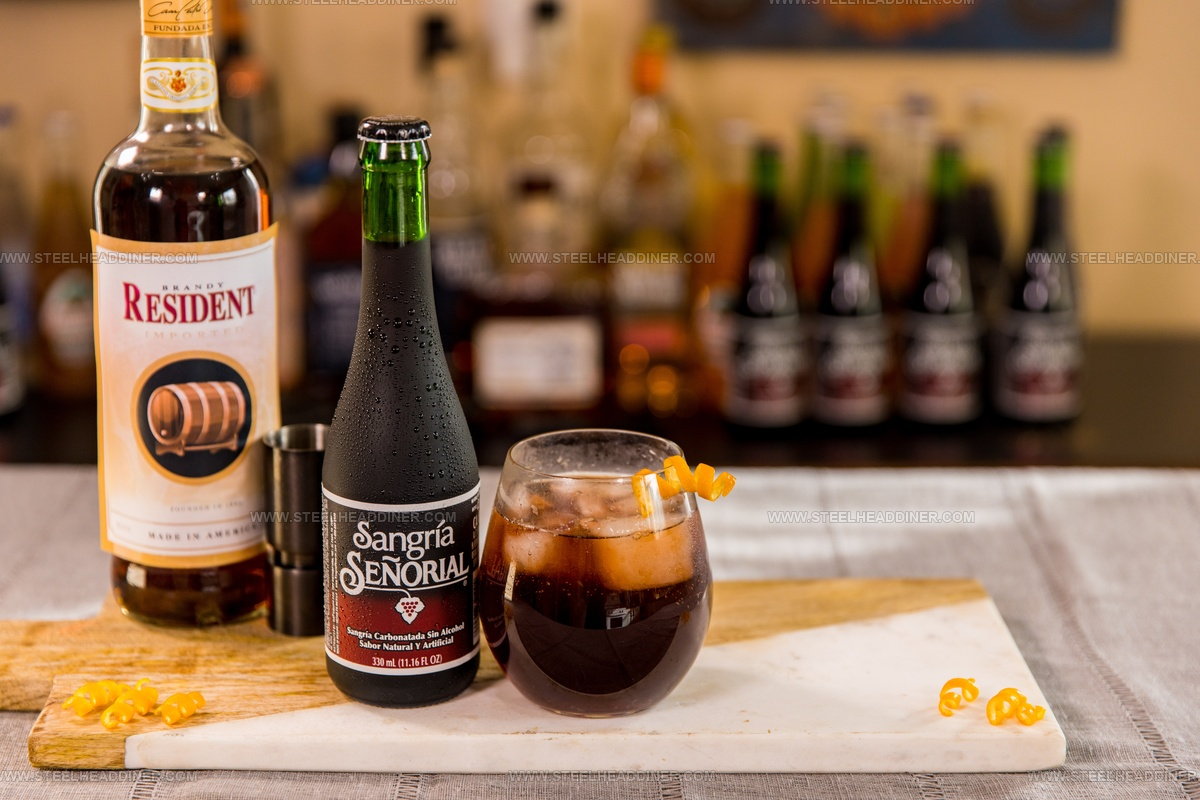

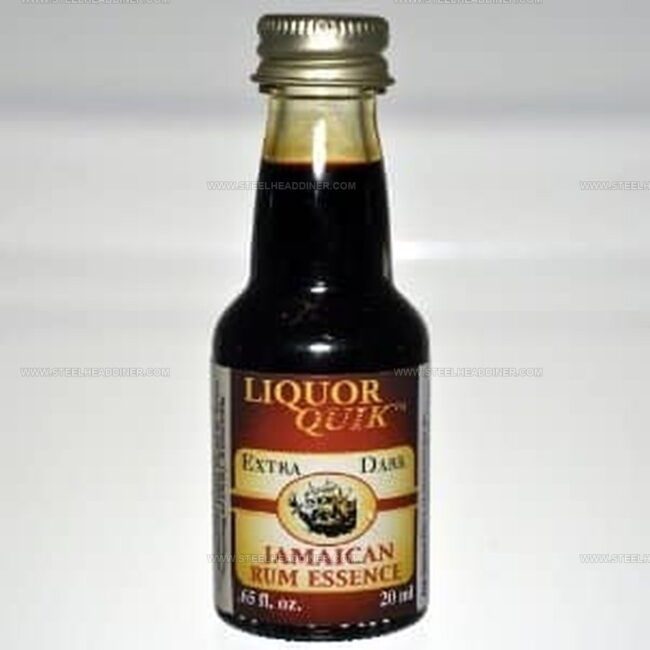
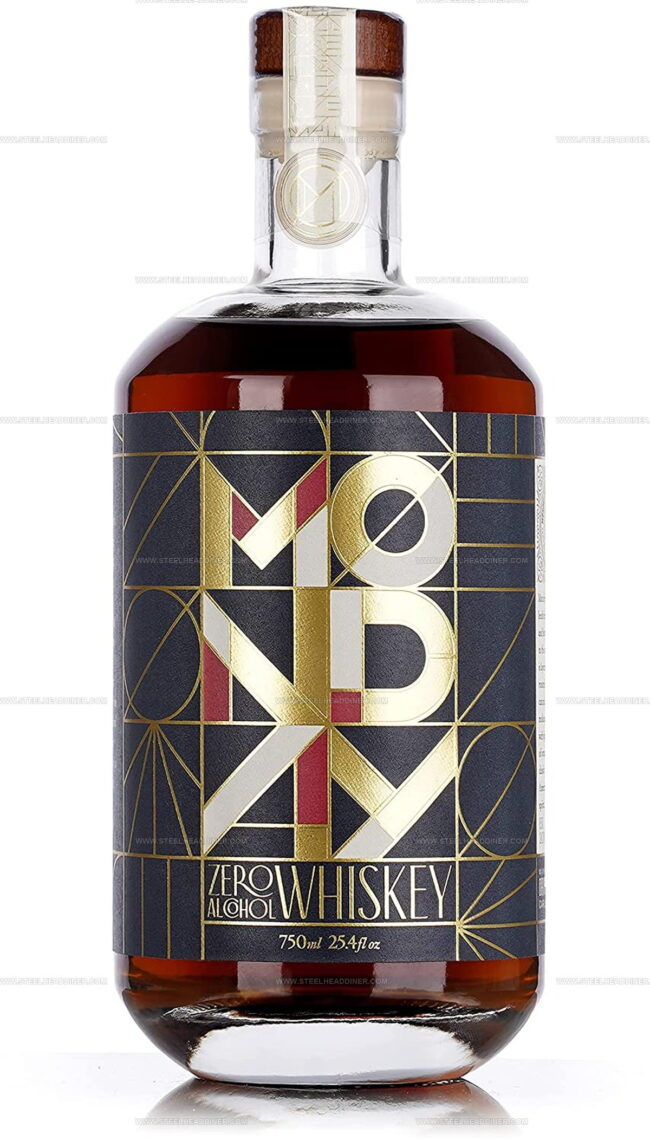
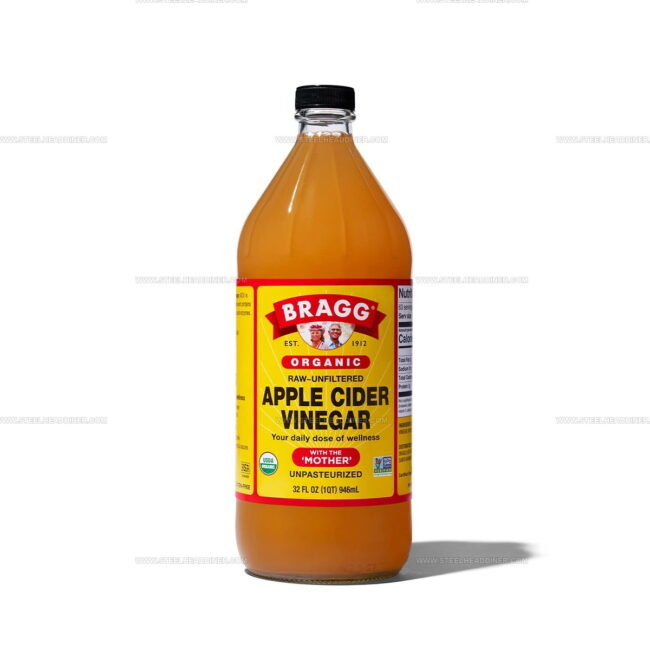
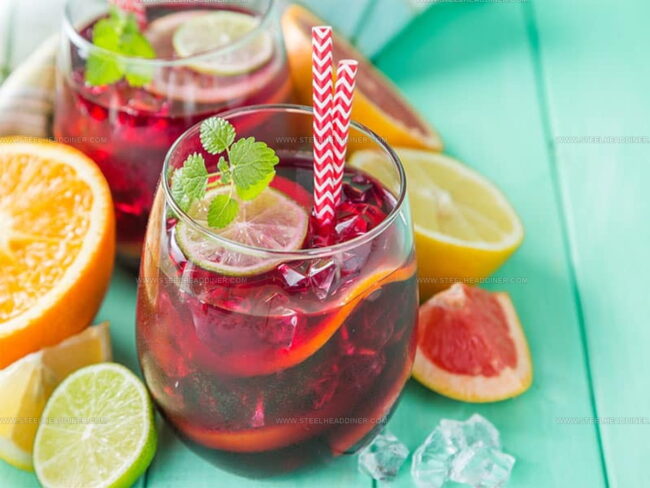
Jack Monroe
Founder & Recipe Innovator
Expertise
Pacific Northwest cuisine, Single-serving recipe development, Sustainable sourcing and cooking, Modern comfort food
Education
Brightwater
Associate of Applied Science in Culinary Arts
Focus: Sustainable cooking, seasonal ingredients, and food systems education
Jack grew up with a fishing rod in one hand and a cast-iron skillet in the other. After graduating from Brightwater: A Center for the Study of Food, he set out to prove that cooking for one could still taste like a feast.
Jack believes that food should feel real: fresh, fearless, and a little wild, just like the rivers he grew up around. For Jack, every single dish is a small adventure, and the best ones are the ones you can cook with heart, not hassle.